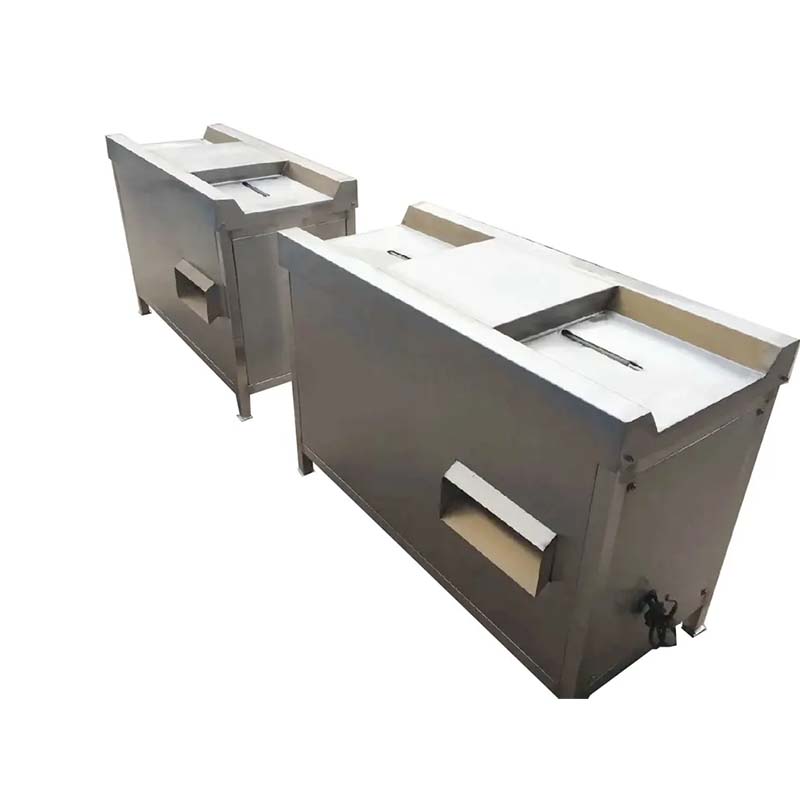Efficient Housing Solutions for Commercial Poultry Operations and Their Advantages
Dec . 22, 2024 19:34 Back to list
Efficient Housing Solutions for Commercial Poultry Operations and Their Advantages
The Role of Commercial Poultry Cages in Modern Poultry Farming
In the realm of commercial poultry farming, the importance of efficient housing systems cannot be overstated. Among various housing solutions, poultry cages have emerged as a pivotal element in boosting productivity and ensuring animal welfare. This article delves into the significance of commercial poultry cages, exploring their benefits, design considerations, and the impact they have on the industry.
Introduction to Poultry Cages
Poultry cages are specialized enclosures designed to house chickens, ducks, and other fowl. They are primarily utilized in commercial settings for egg production or meat harvesting. These cages can be found in numerous configurations, from traditional battery cages to more modern enriched cages, which offer enhanced space and amenities for the birds.
Benefits of Commercial Poultry Cages
1. Space Optimization One of the main advantages of using poultry cages is the efficient use of space. In commercial operations where maximizing production is critical, cages allow farmers to house a larger number of birds in a limited area without compromising productivity. This density is essential for the economic viability of poultry operations, especially in urbanized regions where land is at a premium.
2. Increased Biosecurity Cages help minimize the risk of disease transmission among birds. By isolating individual birds or small groups, farmers can control outbreaks more effectively. This containment is crucial in preventing diseases that can spread rapidly in less controlled environments, ultimately safeguarding flock health and reducing veterinary costs.
3. Enhanced Management Caged systems facilitate easier monitoring of bird health and behavior. Farmers can quickly identify signs of illness and take immediate action, improving overall flock management. Moreover, feeding and watering systems can be more efficiently designed in cage systems, ensuring that all birds receive adequate nutrition without waste.
4. Labor Efficiency Commercial poultry cages generally require less labor for maintenance and management. Automated feeding and watering systems, often integrated into cage designs, reduce the need for manual handling. This efficiency enables farm workers to focus on other essential tasks, boosting overall productivity.
commercial poultry cages

5. Egg Quality and Production In egg-laying operations, cages contribute to improved egg quality and higher production rates. The controlled environment of cages minimizes stress and competition among birds, encouraging consistent laying patterns. Additionally, enriched cage designs can provide nesting areas and perches, allowing hens to exhibit more natural behaviors and potentially enhancing their well-being.
Design Considerations for Poultry Cages
When designing commercial poultry cages, several factors must be taken into account to ensure optimal conditions for the birds and efficiency for the farmers. Key considerations include
- Size and Space Requirements Regulations regarding space per bird vary by region and should comply with animal welfare standards. Cage dimensions must offer sufficient space for movement while maximizing the number of birds housed.
- Material Selection Cages must be constructed from durable materials that can withstand wear and facilitate easy cleaning. Materials like galvanized steel and high-quality plastics are commonly used for their longevity and resistance to corrosion.
- Ventilation and Lighting Proper ventilation systems are essential to maintain air quality and regulate temperature within the cages. Additionally, adequate lighting is crucial for stimulating natural behaviors and ensuring that birds receive the right photoperiod for optimal egg production.
- Accessibility for Maintenance Cages should be designed for easy access to enable efficient cleaning, egg collection, and health checks. Features like removable trays and adjustable access points can significantly enhance the management process.
Conclusion
Commercial poultry cages play an indispensable role in modern poultry farming, balancing the dual priorities of productivity and animal welfare. As the industry evolves, innovations in cage design and technology will continue to shape the future of poultry farming. By investing in appropriate cage systems, farmers can enhance biosecurity, optimize resources, and ultimately contribute to a sustainable poultry industry that meets growing global demands. As consumers become more conscious of the welfare implications of poultry production, the evolution of humane and efficient cage systems will remain a vital discussion in agriculture.
-
Hot Sale 24 & 18 Door Rabbit Cages - Premium Breeding Solutions
NewsJul.25,2025
-
Automatic Feeding Line System Pan Feeder Nipple Drinker - Anping County Yize Metal Products Co., Ltd.
NewsJul.21,2025
-
Automatic Feeding Line System Pan Feeder Nipple Drinker - Anping County Yize Metal Products Co., Ltd.
NewsJul.21,2025
-
Automatic Feeding Line System - Anping Yize | Precision & Nipple
NewsJul.21,2025
-
Automatic Feeding Line System - Anping Yize | Precision & Nipple
NewsJul.21,2025
-
Automatic Feeding Line System-Anping County Yize Metal Products Co., Ltd.|Efficient Feed Distribution&Customized Animal Farming Solutions
NewsJul.21,2025






